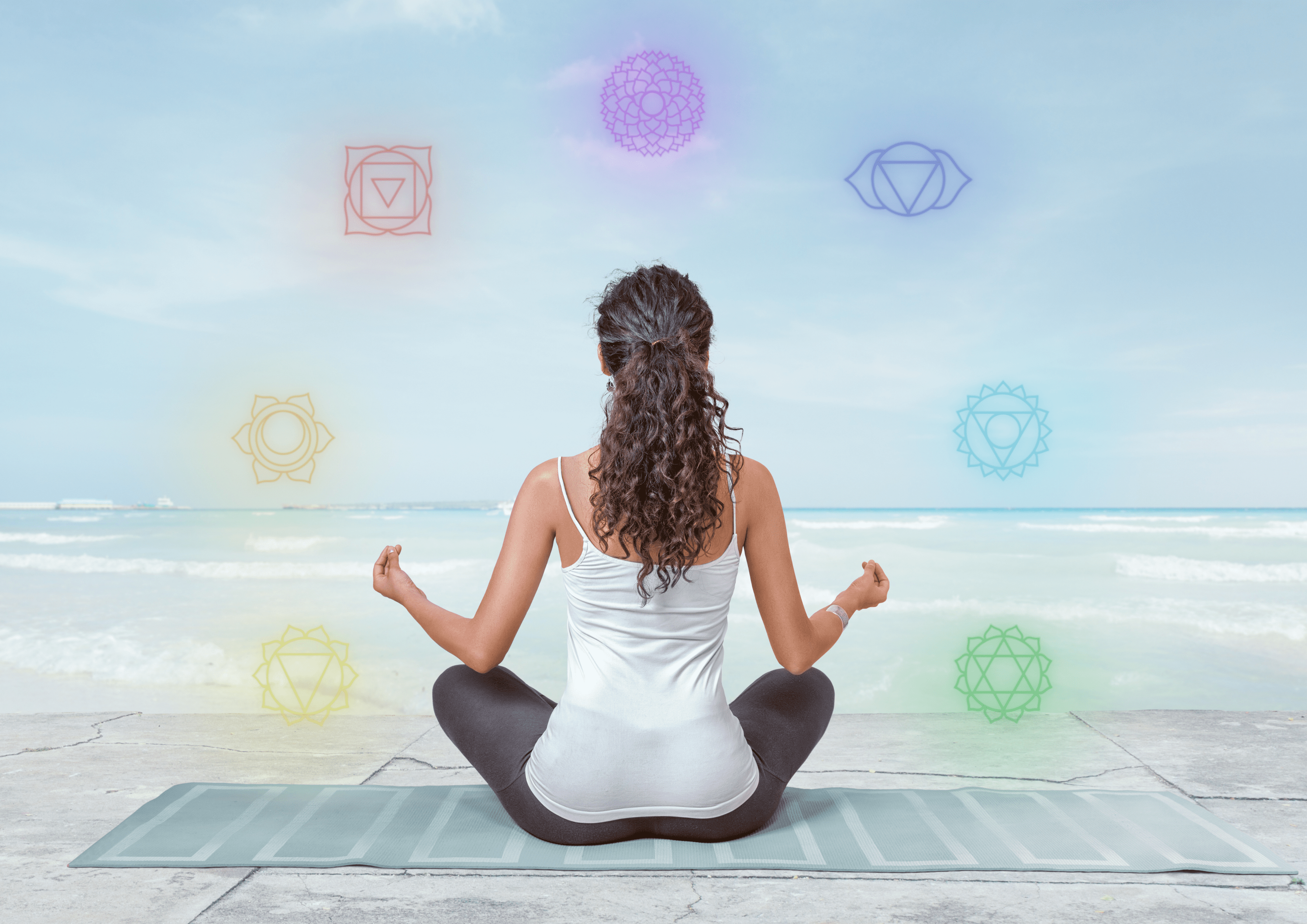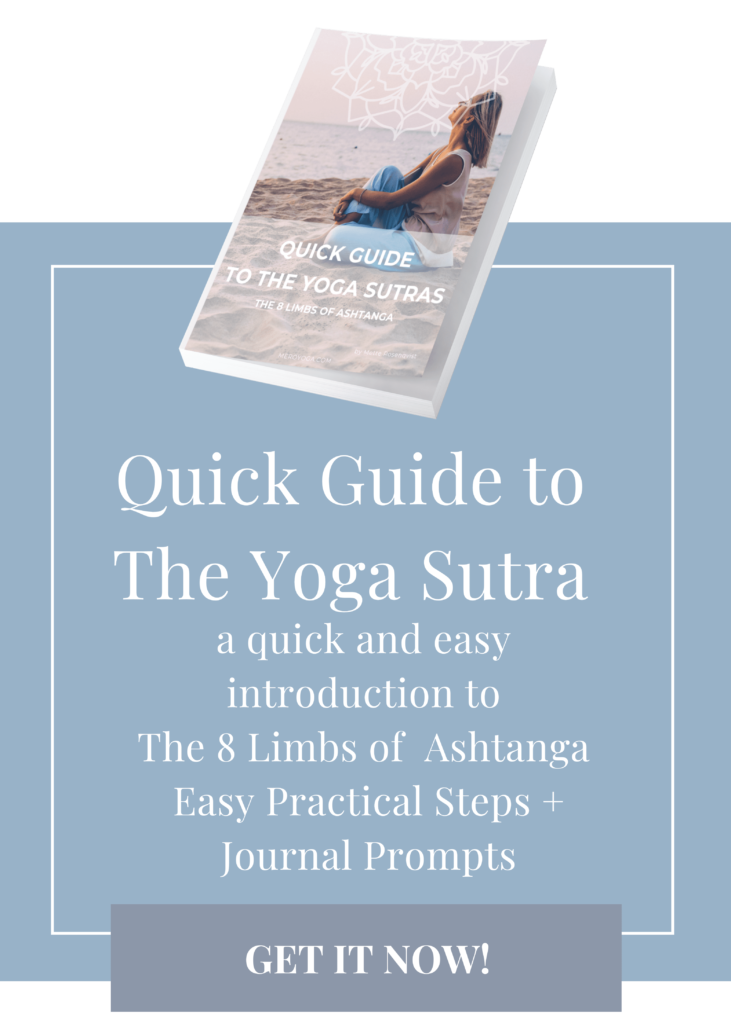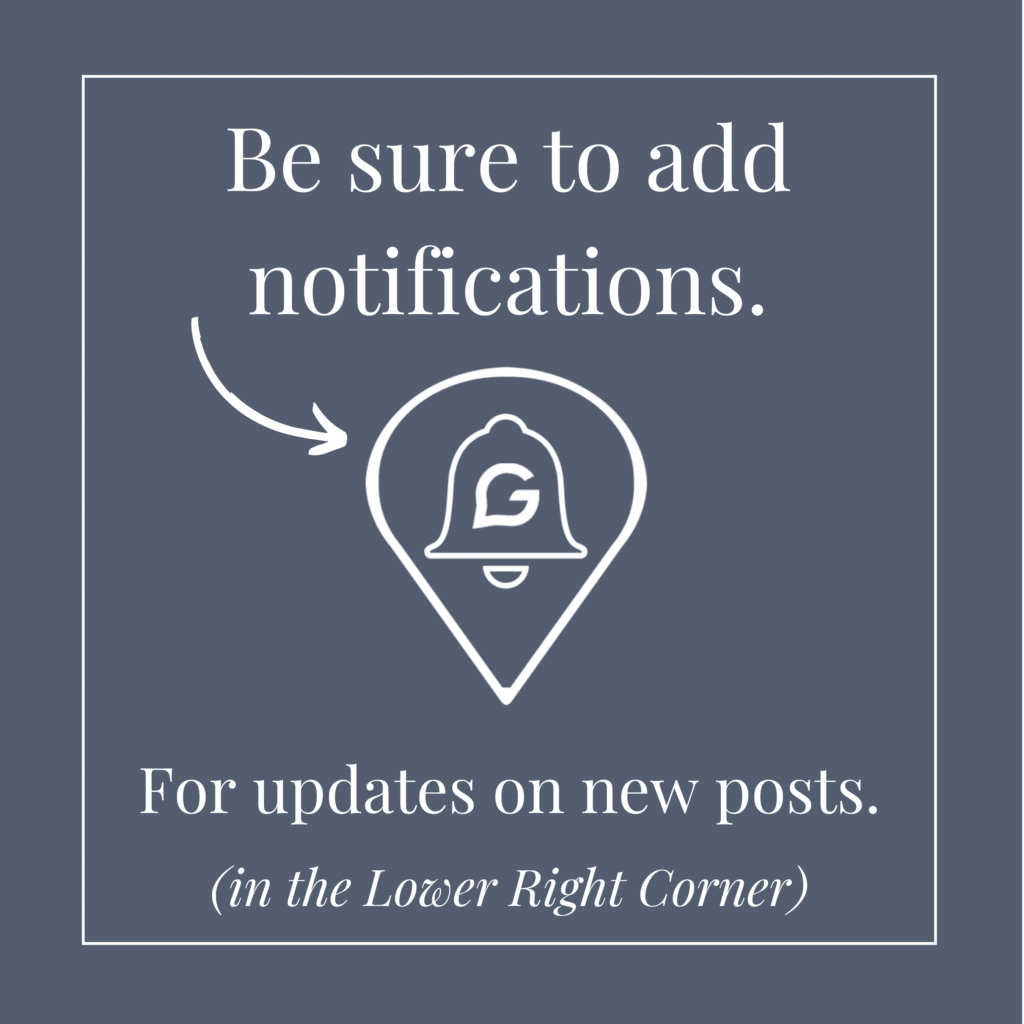Holistic health is a health approach that simultaneously addresses the mental, physical, emotional, social, and spiritual components of health. Holistic health draws from a wide collection of ancient traditions and contemporary practices, as well as many modalities and disciplines to help heal people and communities.
The statement from the preamble to the World Health Organization’s constitution, adopted in 1946, illustrates that holistic health encompasses all that is considered to be a part of “health”.
“Health is a state of complete physical, mental and social well-being
and not merely the absence of disease or infirmity.”
So even back in 1946, people were recognizing the fact that our health is not just physical, but also mental, social – as well as emotional, and spiritual – which often is thought of as subcategories of the mind and body.
The 5 areas of Holistic health.
The 5 areas of Holistic health all affect each other and do not exist independently but are integrated and intertwined into each other. However, these are the key aspects normally associated with each.

Physical – Refers to the bodily aspect of health and is often linked to the more traditional definitions of health as the absence of disease and injury.
Mental – Refers to the cognitive aspect of health. It is often thought to include emotional and spiritual health. In its primary form, it relates to the functioning of the brain and your ability to use your brain.
Emotional – Refers to your mood and general emotional state. It is connected to your hormones and relates to your ability to recognize and express feelings in a healthy way and have and maintain a realistic perspective on situations.
Spiritual – Refers to your sense of overall purpose in life. Having a connection to something bigger than yourself – a purpose is said to be healthier than those who don’t see a purpose in life.
Social – Refers to your need for bonding and relationships, and your ability to make and maintain meaningful relationships with others.
Also, check out “What is yoga.“
The rich and diverse roots of holistic health.
The word holistic originates from the term “holism” and refers to the theory that all parts of a whole are interconnected. It stems from the Greek word “holo” which means “whole”.
According to holism, you cannot understand a system by looking at the individual parts separately. If you really want to understand your health, taking cause and effect into account, you need to look at more than just the physical symptoms of disease or injury.
Working this way, you need to consider all the ways in which your mind, body, spirit, emotions relationships, and even the spaces you inhabit all coalesce — manifesting and shaping your health and well-being.
Traditional alternative medicine practices are all a part of holistic health; they include acupuncture, homeopathy, naturopathy, yoga, mindfulness, sound healing, massage, Tai Chi, Reiki, and osteopathic medicine.

The modern approach to health is flawed at best.
Modern medicine prioritizes treating symptoms and reducing pain over understanding how your entire life contributes to your health and/or disease. Most medical systems are designed to serve as many patients as possible, and shortages of medical providers often mean that not all patients receive the care they need.
Modern medicine is generally based on 3 things – medication, surgery, and talk therapy to heal people, and not on seeing and treating the whole person and helping them heal and recover from disease, injury, and trauma and cope with life’s hardships.
The traditional medical model practiced throughout the Western world has great gaps that holistic health can bridge. Rather than look at separate parts based on symptoms, holistic health supports you on your journey to recovery and greater health as a whole.
Holistic health practitioners are, as already mentioned, rooted in a variety of different traditions: Chinese medicine, ayurveda, yoga, sound healing, Reiki, indigenous healing, and other forms of healing that date back centuries. By connecting with a deep traditional wellspring of wisdom, you can, not only minimize pain and alleviate symptoms but also connect with richer sources of cultural and spiritual renewal and community.
It’s all connected.
Growing up I would often hear a commercial slogan on the radio, advertising a certain channel (I’ve forgotten which one!), it was a play on the sentence “You are what you eat”, and went “You are what you listen to” -it being a radio channel.
It kind of stuck with me and I still remember it to this day. It always reminds me that I have choices, and adding to this the principles of mindfulness, yoga, bio tensegrity, and somatic practices that dictate that everything is connected, you can suddenly see all the little dots starting to connect to create the bigger picture.
The whole (your health) is a representation of your past and present choices and is comprised of the many different aspects of you, your mental, physical, emotional, spiritual, and social state, they are all interconnected, not just in the present moment but also drawing a line from your past, through the present into the future.
You can take the sentence “you are…” and add on all the areas of your life that influence your health.
“You are what you consume… news, advice, food, drink, listen to, read, social media, watch, gossip…etc.”
“You are what you do… movement, exercise, relaxation, sleep, say, act, practice, mindfulness, journal, etc.”
“You are what you believe… faith, limiting beliefs, culture, social rules, justice, fairness, empathy, etc.”
“You are what you think…negative self-talk, judging, comparing,
“You are what you feel…sadness, anxiety, love, joy, happiness, depression, burnout, loneliness, nervous, calm…etc.”
You continue your list.
So, Holistic health takes all that influences (past, present, and future) your health into account and works to bring about balance and homeostasis to your mind, body, emotions, spirit, and relationships, this in turn promotes your body’s own amazing healing powers.
Looking at all the different aspects that influence your health, can feel quite overwhelming, where do you start? Also, take into account that all the different aspects of your health are not static nor working alone, but interconnected, overlapping, and integrated into each other. So, it can all feel quite overwhelming and confusing.
However, the best solution is always the simplest solution – you start with yourself! You start where you can actually change, where you have the agency to make a change – which is with yourself!
You start with what you consume, do, believe, think, and feel, and take it from there. Holistic health is a journey, a journey to greater health.

What can you do?
So, looking at health from a holistic health perspective, you need to take all that you are right now, have been, and can be into account as well as look to your surroundings; your living space, the people that surround you, the current culture, your work environment and what you consume. When you have the big picture then can you locate and change what needs to be changed first for you to experience optimal health.
You can start by asking yourself these questions.
Your Body.
What are your body’s needs for nutrition, sleep, exercise, and rejuvenation?
What is an embodied account of your mind and spirit?
What can be the underlying causes of your physical pain?
What can you do right now to help your body heal?
What actions can you take to prevent bodily injury, illness, and disease?
Your Mind.
What are your mind’s needs for stimulation, curiosity, wonder, and creative expression?
What is your mind’s default response to stress?
Where do your beliefs about yourself and others stem from?
What is your mind’s default response to failure and criticism?
What actions can you take to ensure rest and rejuvenation of the mind?
Your Emotions.
What is your inherent emotional state?
How is your body connected to your emotions – where do you experience emotional stress in your body?
What information and lessons do your emotions provide?
How can you self-regulate and manage your emotions?
What tools can you use to explore your emotions and work with emotional health?
Your Spirit.
What practices and rituals connect you with something larger than yourself?
How can you connect with the divine, with nature, with ancestors, and with other sources of deep purpose and meaning beyond yourself?
How can you strengthen your knowledge of yourself and your intuition?
Who in your life can you use as guides and mentors to experience personal growth?
Other People.
How are you connected to others?
In what ways can ties with kin, friends, loved ones, neighbors, and strangers be strengthened, renewed, and repaired?
How can you give time and resources generously, draw healthy boundaries, and cultivate community?
What people in your life are no longer serving you?
What actions can you take to prevent negative energy in your life?
Your Culture.
What is your cultural inheritance?
What values and traditions — including art, performances, ceremonies, rites, crafts, and ways of life have you taken on?
What can your culture teach you about living healthily and well?
What values and traditions would you like to bring into the present and preserve for the future?
What values and traditions do not serve you anymore, what do you need to let go of?
Your Environment.
What are the unique features of the space you live in — the neighborhood, geography, flora, and fauna?
How does this place affect your health — is it clean, welcoming, loud, harsh, disruptive, joyful, or peaceful?
Who lives nearby, and how has this place changed over time?
What is the history of this place?
What healing and help does this environment need to be healthy?
One step at a time!
Now keep in mind, you do not need to change everything at once, even if you discover multiple areas that you feel need changing, know that it is all connected. Choose something and start there, and you might discover that other aspects suddenly resolve themselves, kind of like a domino effect.
Yoga, mindfulness, energy healing, and journaling are all amazing tools to bring about change and start the domino effect of healing. Pick one or more and just take the first step, that’s all you need to do.






